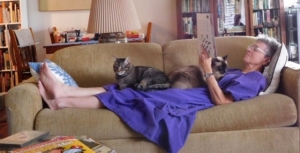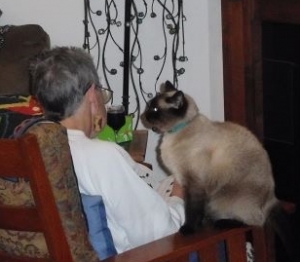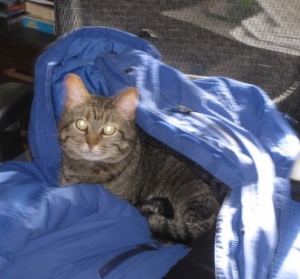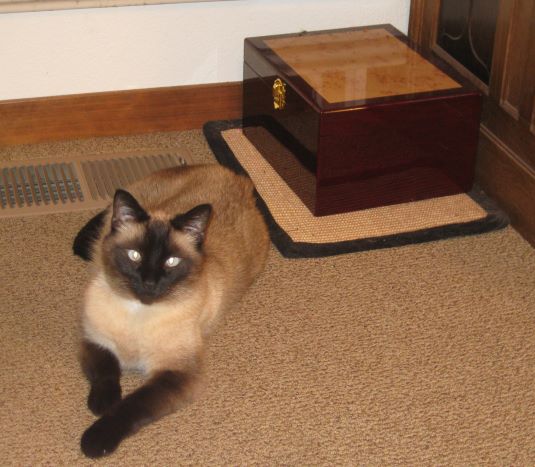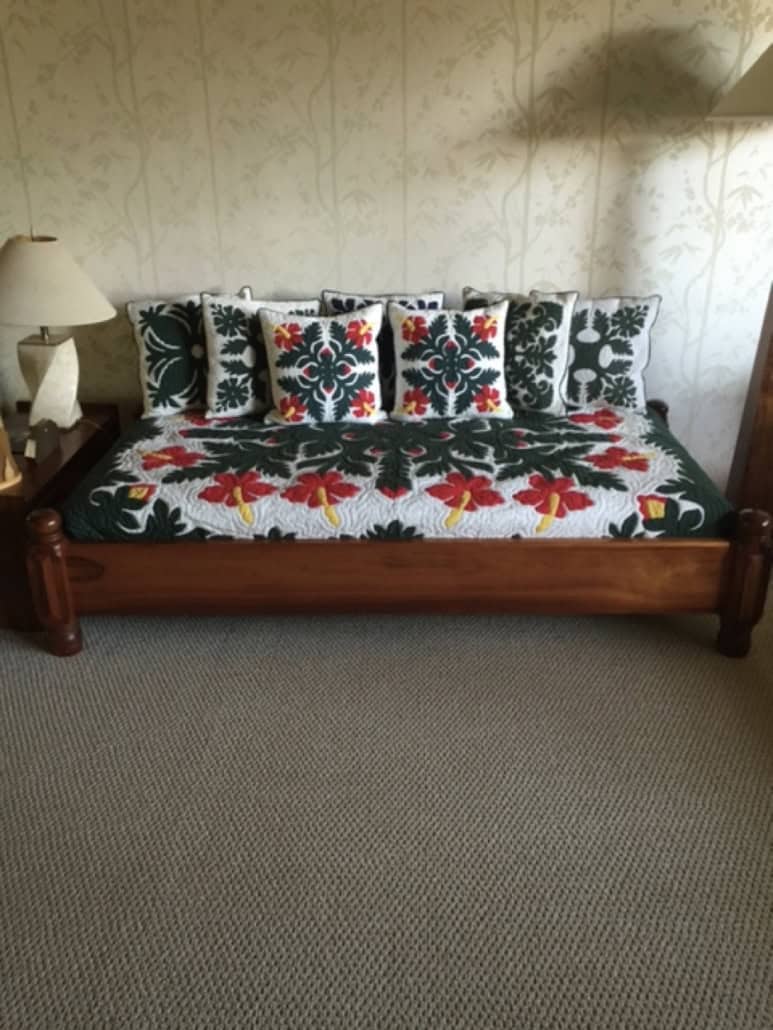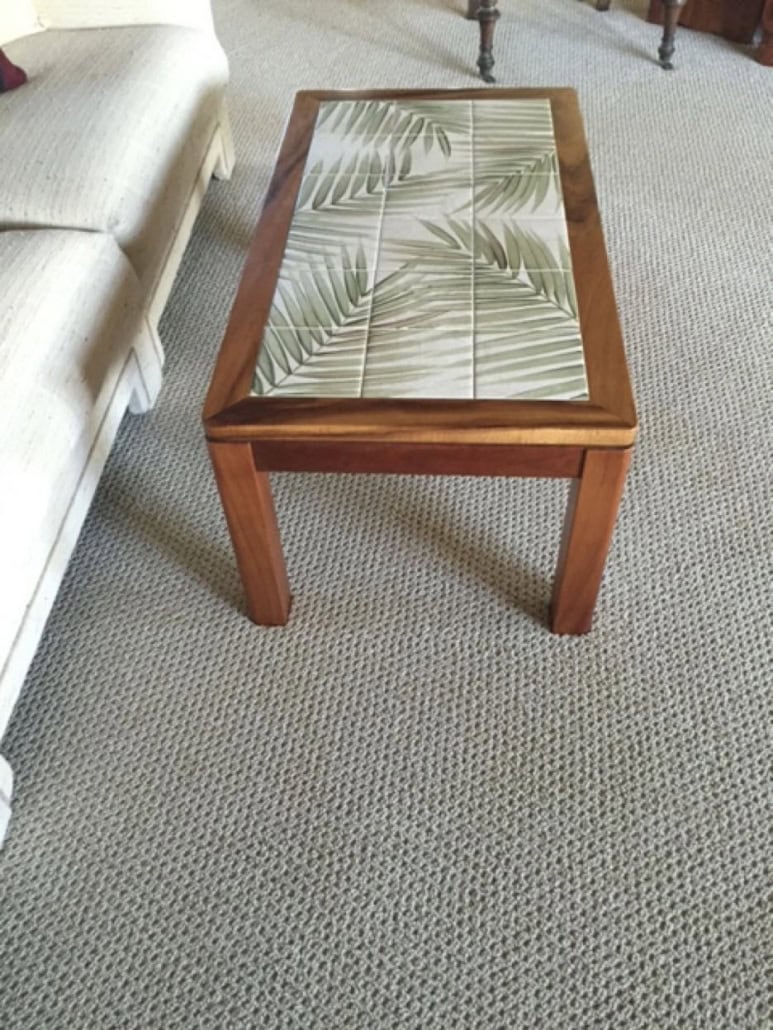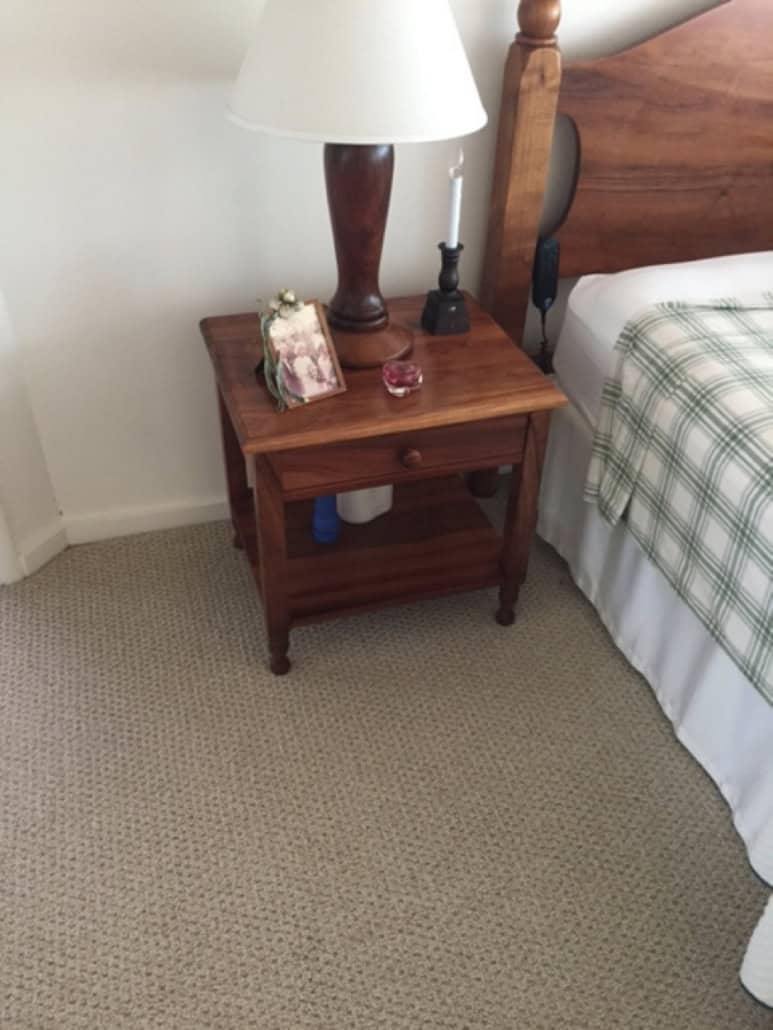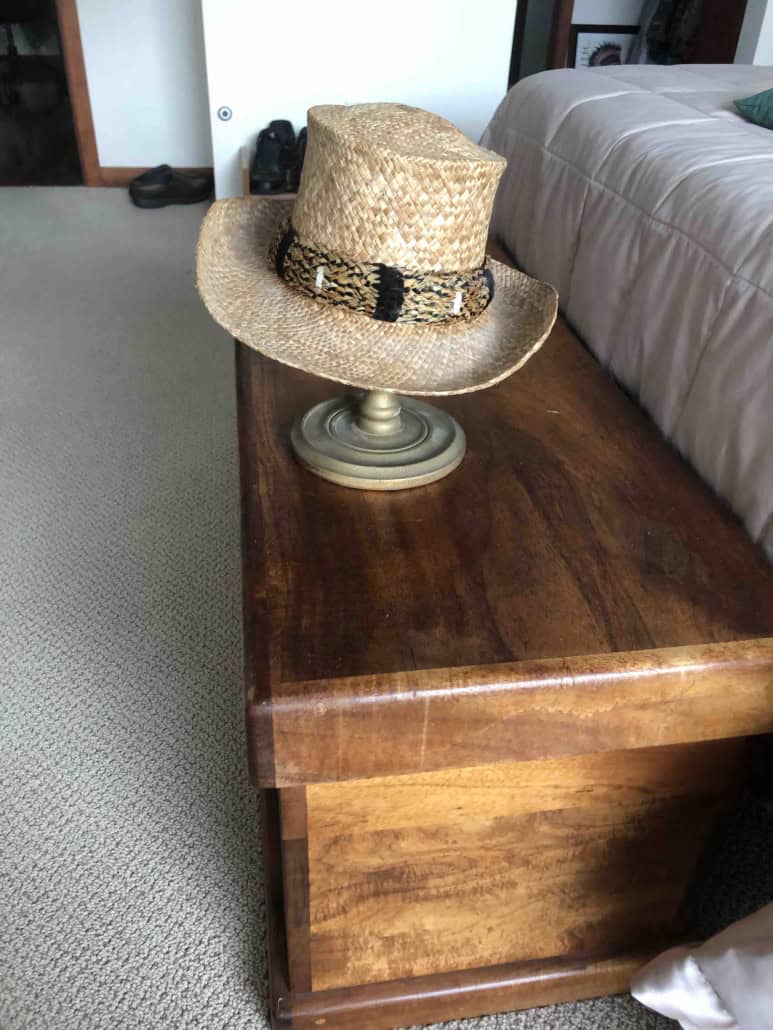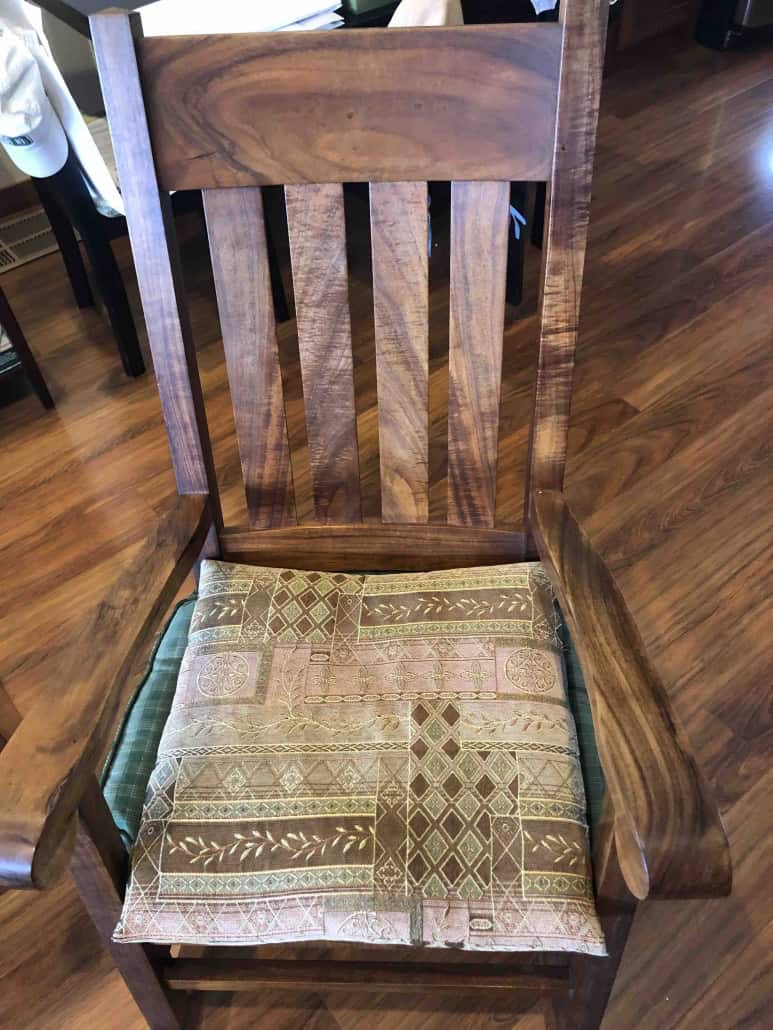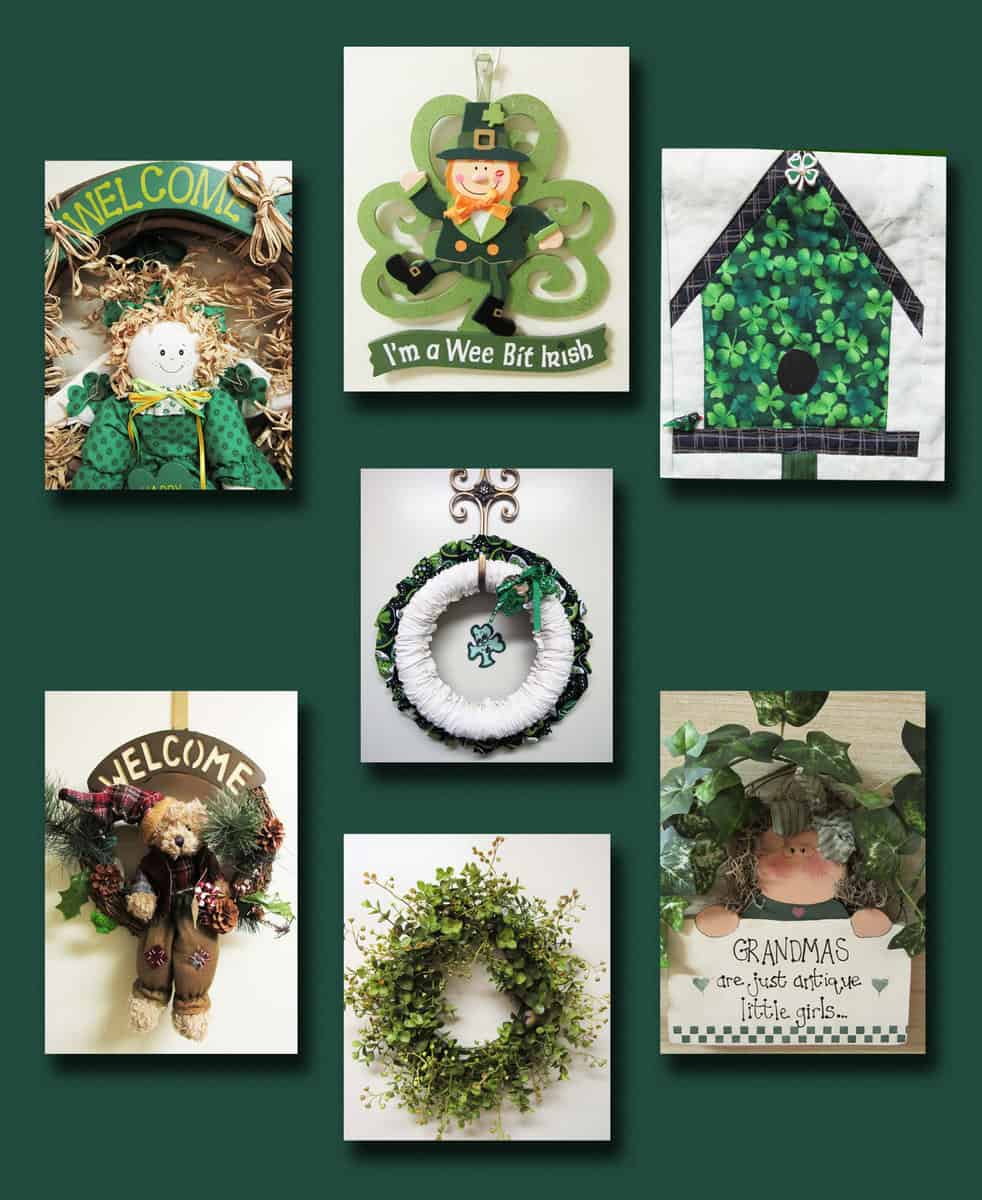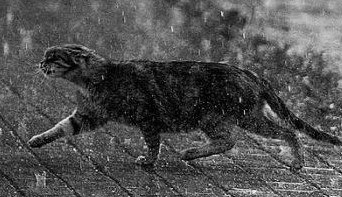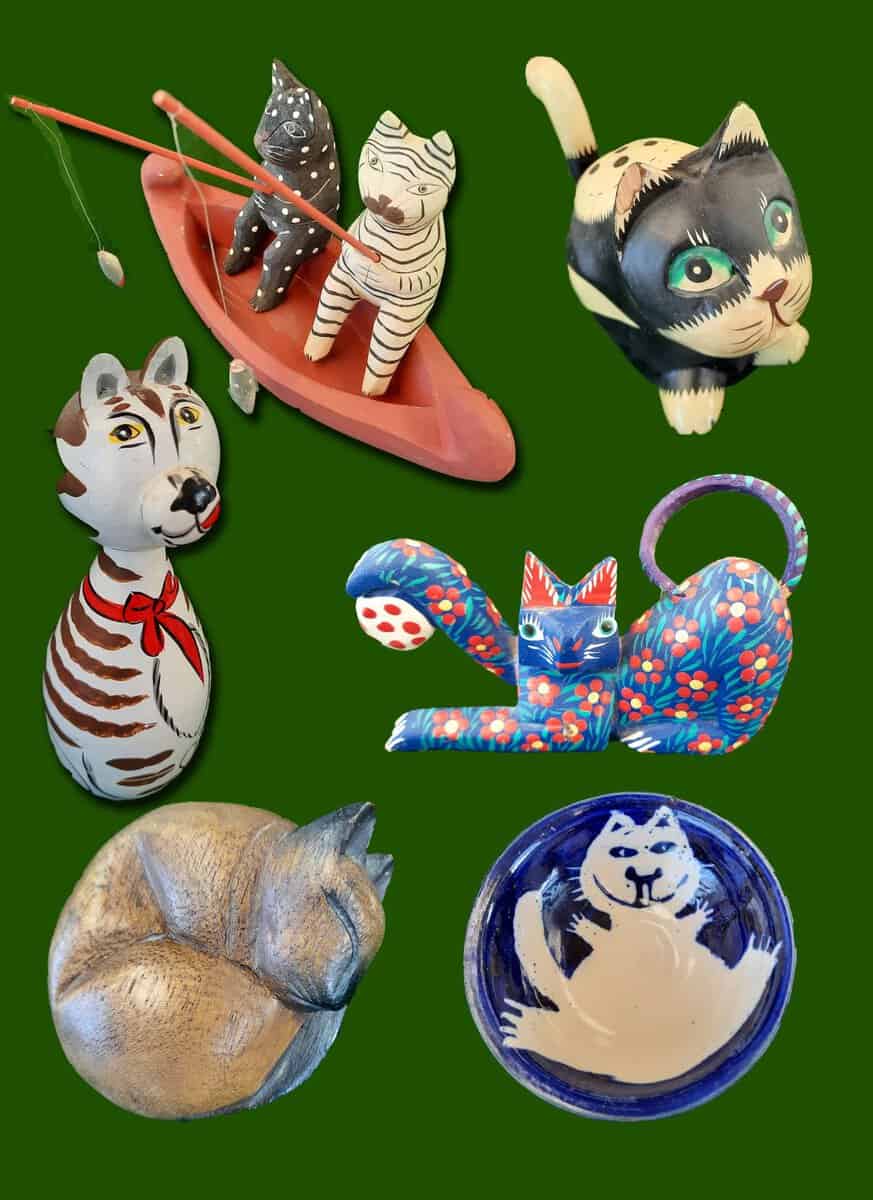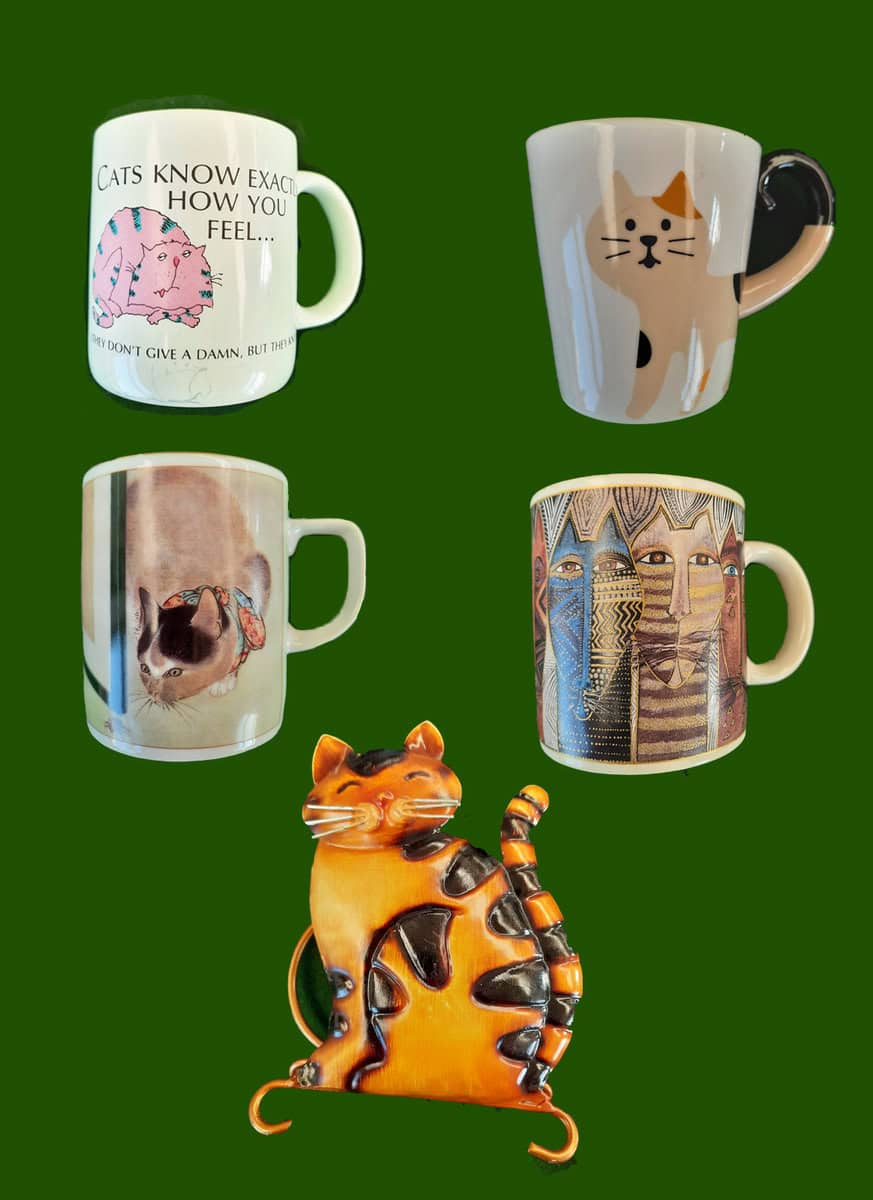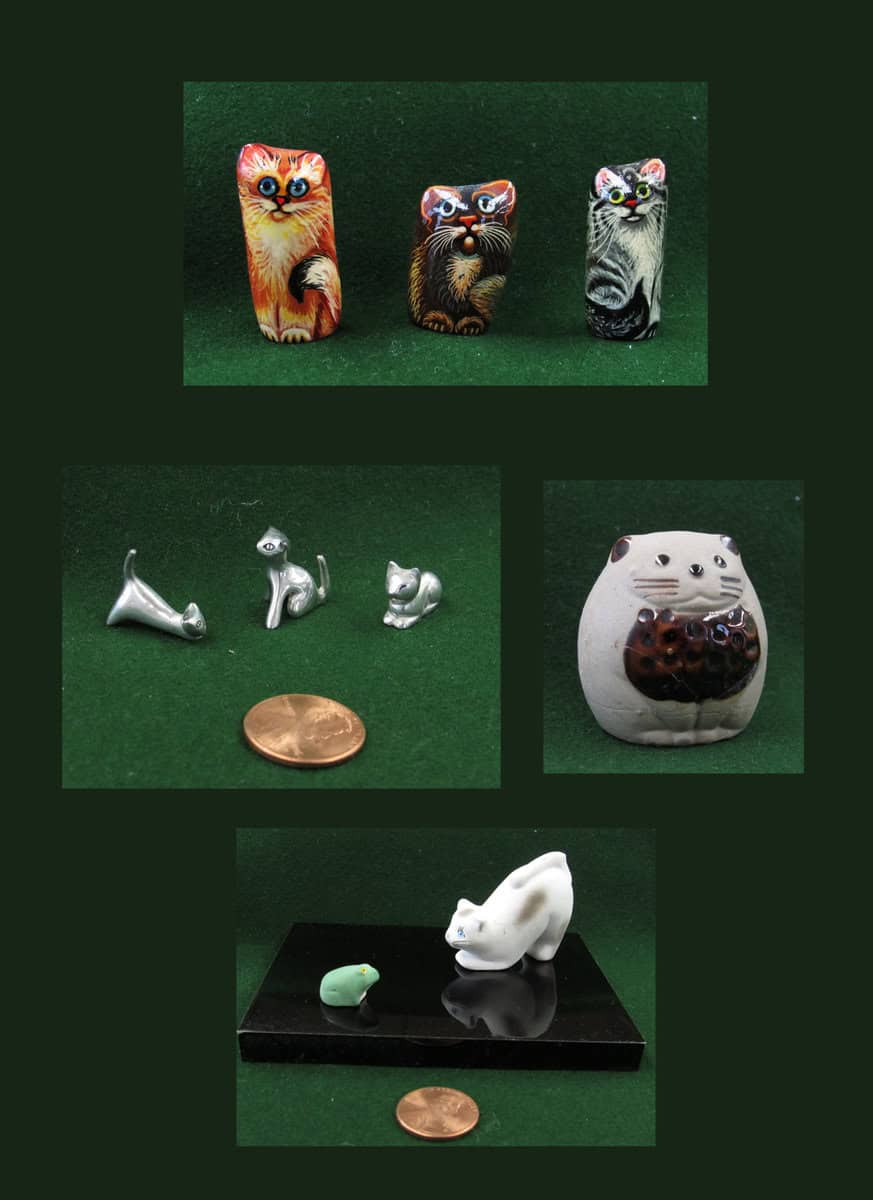Book Review: How to Avoid Climate Disaster
How to Avoid a Climate Disaster – The Solutions We Have and The Breakthroughs We Need
By Bill Gates, Reviewed by Sally Densmore

Sally Densmore
Bill Gates and his wife Melinda are best known for their work through their Foundation to rid the third world of devasting diseases like malaria. Through that work, he realized that these low-income peoples were also the most vulnerable to the perils of climate change. Being a scientist, he decided to inform himself of the facts and the possible solutions. And that’s what he has laid out in this very readable book.
I have been a conservationist and recycler for years, and have had a Prius since 2006, so I didn’t need to be persuaded of the need to deal with this crisis. This book, however, has convinced me that we can’t really keep nibbling around the edges. Bold action is needed now. And I’ve learned things I’ve never heard anyone else discuss.
There is so much talk about the need for all of us to start driving electric vehicles, but very little about the fact that two-thirds of our electricity comes from fossil fuels. The biggest surprise was the fact that 31% of our CO2 emissions comes from the manufacture of concrete, steel and plastics.
First he delineates the causes of greenhouse gases: how we plug in, how we make things, how we grow things, how we get around and how we keep cool and stay warm. Then he discusses how we will have to use innovative research to adapt to a warmer climate. The first page states:
Fifty-one billion is how many tons of greenhouse gases the world typically
adds to the atmosphere every year. . . . This is where we are today. Zero
is what we need to aim for. . . .This sounds difficult, because it will be.
In order to get to zero by 2050, we’ll have to have tough governmental policies in place by 2030.
Gates doesn’t pretend to be the perfect spokesman, guiltily confessing that he is a rich man who has an enormous carbon footprint (he now buys sustainable jet fuel). I really appreciate the easy, conversational tone he uses in the book, giving excellent examples of the scientific concepts involved. I highly recommend this.

